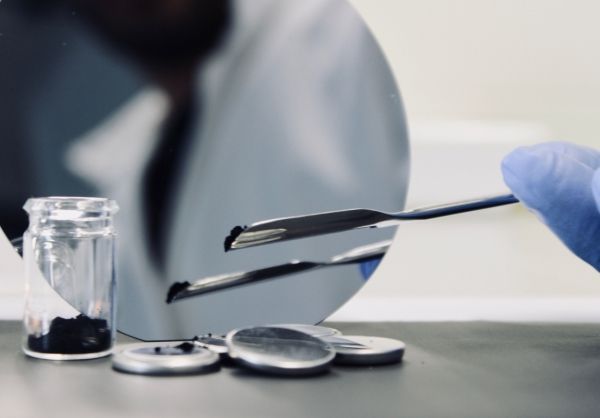Researchers at Karlsruhe Institute of Technology (KIT) and Jilin University in Changchun/China investigated a highly promising anode material for future high-performance batteries – lithium lanthanum titanate with a perovskite crystal structure (LLTO). As the team reported in the Nature Communications journal, LLTO can improve the energy density, power density, charging rate, safety, and cycle life of batteries without requiring a decrease of the particle size from micro to nano scale. (DOI: 10.1038/s41467-020-17233-1)
The demand for electric vehicles is increasing, accompanied by a growing need for smart grids that ensure a sustainable energy supply. These and other mobile and stationary technologies require suitable batteries. Storing as much energy as possible in the smallest possible space with the lowest possible weight – lithium-ion batteries (LIB) still meet this requirement best. The research aims at improving the energy density, power density, safety, and cycle life of these batteries. The electrode material is of major importance here. Anodes of lithium-ion batteries consist of a current collector and an active material applied to it that stores energy in the form of chemical bonds. In most cases, graphite is used as the active material. However, negative electrodes made of graphite have a low charging rate. Moreover, they are associated with safety issues. Among the alternative active materials, lithium titanate oxide (LTO) has already been commercialized. Negative electrodes with LTO present a higher charging rate and are considered to be safer than those made of graphite. The drawback is that lithium-ion batteries with lithium titanate oxide tend to have a lower energy density.
Read more at KARLSRUHER INSTITUT FÜR TECHNOLOGIE (KIT)
Photo: Researchers hope that new materials help to build safe and durable high-performance cells. CREDIT: Julia Maibach, KIT


